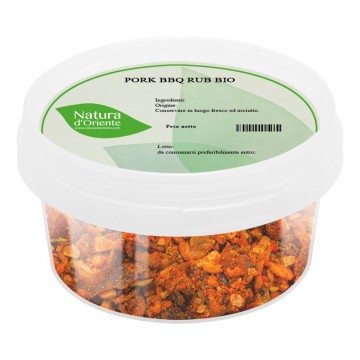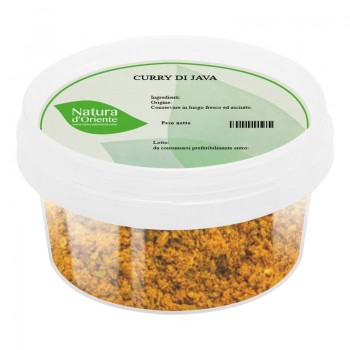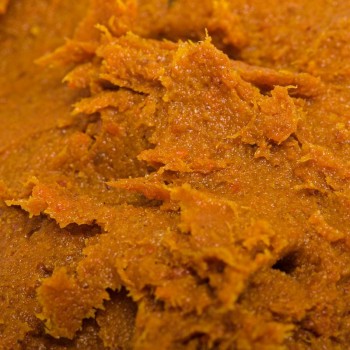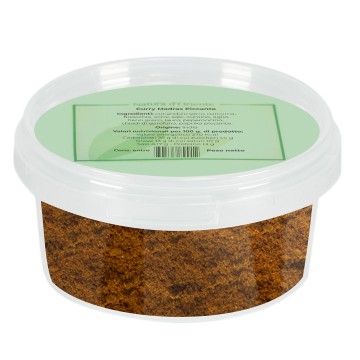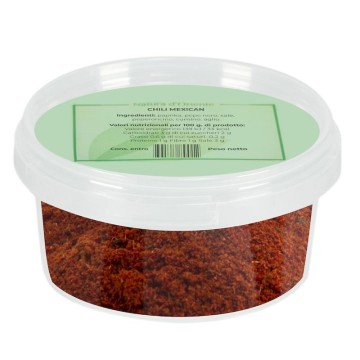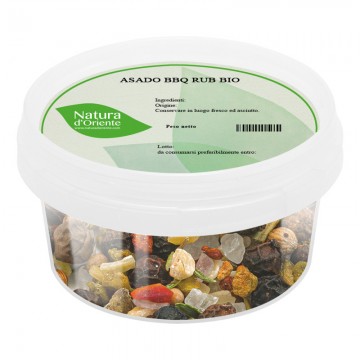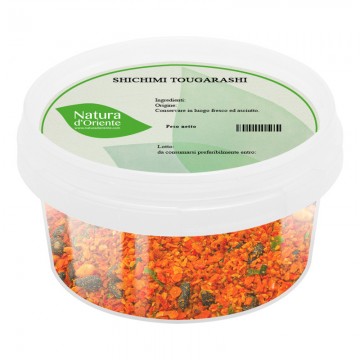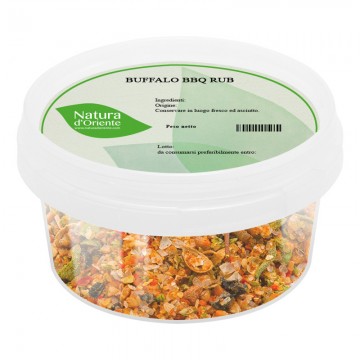Chakalaka is a traditional South African vegetable sauce, which is served as a condiment or main course, depending on the pairings. It can be accompanied by bread, meat, stews, curry and other ingredients in different recipes.
The sauce is flavored with spicy, colorful spices , to make this vegetarian dish even more delicious. In particular, the spicy taste gives an intense taste in the most classic dish, the Chakalaka.
Many look for the authentic recipe of the Chakalaka, but as always, the traditional specialties show many variations, also depending on family and local traditions. In any case, there is an "official" version of Chakalaka.
Usually, the Chakalaka is through the sauté of finely chopped vegetables such as onions, garlic and carrots, to which are added spices such as masala leaves and curry powder, chillies and ginger. The taste of coriander, in particular, gives a fresh note.
Among the spices and condiments used, the curry and masala powder give the Chakalaka an intense spicy note. Often these blends of herbs and spices are composed of pungent and sweet flavors: coriander, turmeric, chili powder, allspice, fennel, cloves, cumin, cardamom, cinnamon, curry leaves (Bergera Koenigii), star anise and bay leaf. .
Once you start the sauté, add vegetables such as fresh tomatoes, peppers or hot peppers, cauliflower, and legumes such as cooked beans. Tomato sauce can be used instead of fresh tomatoes if you wish.
Chakalaka is very appreciated as a condiment in barbecues (braais) of grilled meat, or paired with bread. In South African dishes such as corn porridge, and various stews, this sauce is also used. Chakalaka sauce is enjoyed both hot and cold, also because its flavor is maintained over time.
How to use spices for the preparation of Chakalaka
This recipe has several ingredients and a simple process.
Ingredients - 3 servings
3 large tomatoes - 1 large onion - 1 green pepper - 125 g of grated carrots - 1,5 tablespoons of oil - 1 red pepper - 1/5 tablespoon of minced garlic -1 / 5 tablespoon of grated ginger - 1 tablespoon of masala leaves or curry powder - 200 g of canned cooked beans - salt to taste - pepper as needed. - 50 g of chopped fresh coriander
Preparation
Prepare the vegetables by cutting the tomatoes, onions and peppers into slices and grating the carrots. Heat the oil in a large saucepan over medium heat. Add the onions, chillies, garlic and spices. Saute for 4 or 5 minutes, stirring often, until the onions are wilted. Place the tomatoes and peppers in a baking dish. Sprinkle with a little oil and grill for 5 minutes. After grilling, mix them into the onion and spice mixture. Boil the vegetables for 5 minutes over low heat. Add the cooked beans and grated carrots. Season with salt and pepper and mix. Just before serving, add the chopped coriander.
Some tips for the preparation of Chakalaka
Lightly grill the tomatoes and peppers, just before tossing them with the rest of the ingredients, to enhance their flavor. The onions are cut into slices or cubes, and must first be fried in hot vegetable oil, until they become slightly caramelized. Using tomato puree, instead of fresh tomatoes, will make the Chakalaka more like a soup. If so, the acidity can be balanced with a little sugar. If you want to keep the Chakalaka in the refrigerator, just cover it with a plastic sheet or store it in a container, for up to 5 days.
Origins and History of Chakalaka
The word Chakalaka comes from the South African Zulu language and means everything . The history of this sauce is unclear, but the most famous version is that it originated in the townships of Johannesburg - suburbs mostly inhabited by Africans. These places welcomed Mozambican gold mine workers, who cooked legumes and canned vegetables such as beans and tomatoes, with whatever fresh ingredients they had available. They combined the chili pepper to the recipe, to give a spicy condiment with a Portuguese touch to the dishes.
It was mainly served with corn-based porridge such as pap or mielie pap, and was considered a vegetarian but nutritious meal due to the presence of beans. In meat cuisine, however, Chakalaka has become a popular barbecue condiment in South Africa, as it pairs perfectly with meat. To date, the spiciness of Chakalaka depends on the region and the combinations, ranging from slightly pungent to very spicy. In addition, it also varies from family to family, as each one has its own special recipe of Chakalaka.
Chakalaka spices: side effects and contraindications
The spice blends for this recipe must be consumed with caution by those who suffer from disorders related to gastrointestinal irritation and ulcers, or irritation of the urinary tract. Spicy spice mix, if taken in excess, can worsen inflammatory conditions and cause burning reactions in the palate, stomach irritation, diarrhea, irritation of the mucous membranes. It is essential to evaluate the individual ingredients of Chakalaka, identifying those already known for possible allergic reactions.
Due to possible irritations, caution is advised in the intake of spices for pregnant and breastfeeding women.

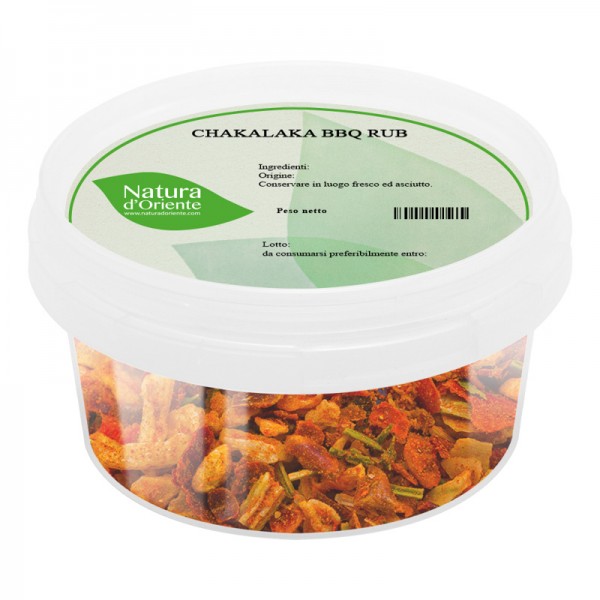





 No reward points for this product.
No reward points for this product.

